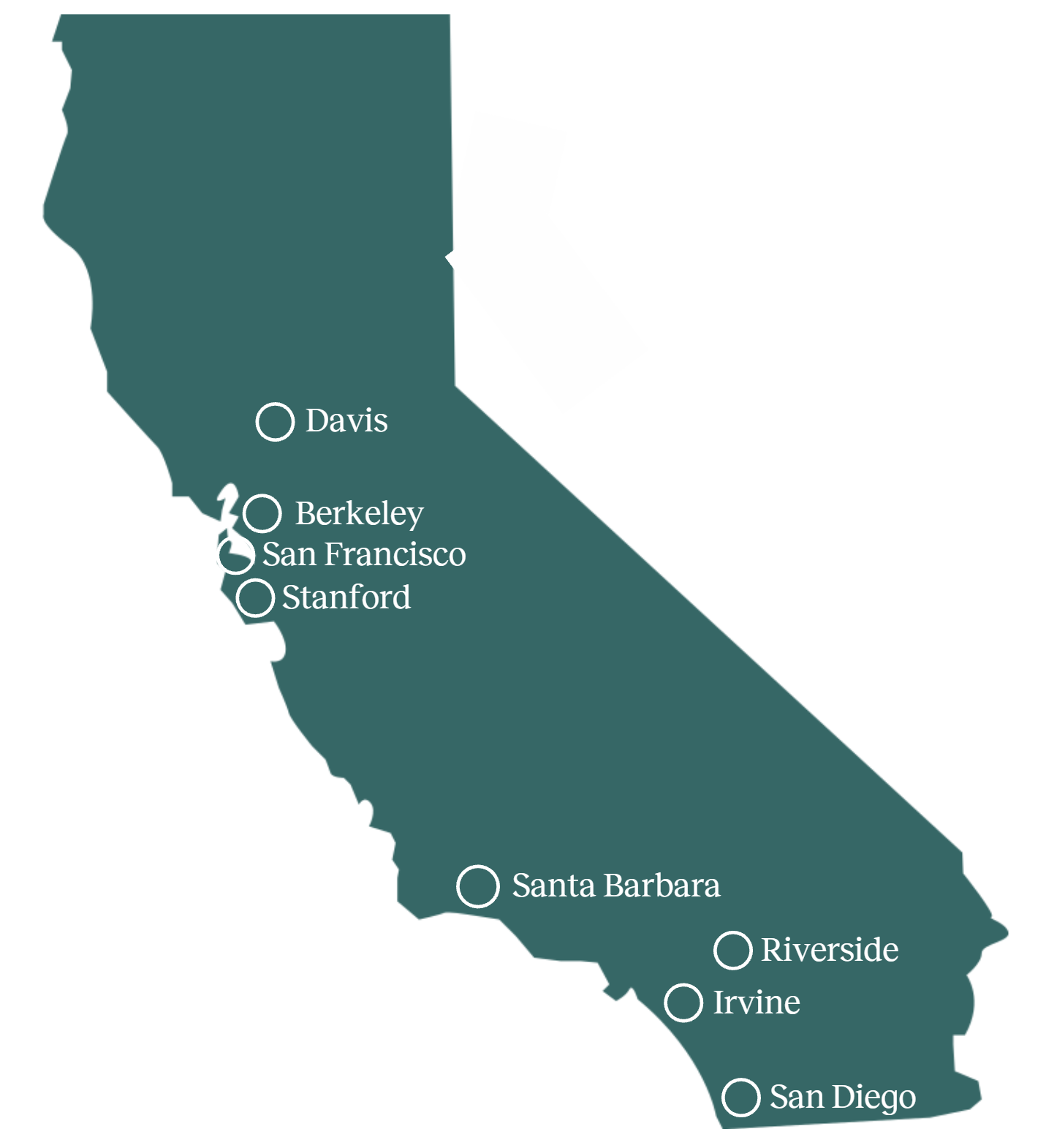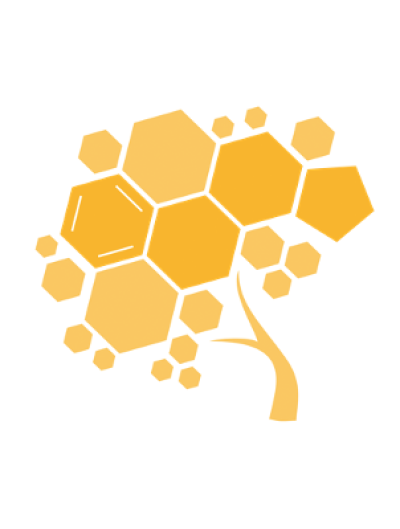"Science first, ego last"
The ethos of the Bowers WBHI is science first, ego last, dissolving rigid scientific and institutional silos. Team science embraces the single most important feature of the University of California. Its ten campuses are spread out across a geographically and demographically diverse state — the fourth largest economy in the world and 12% of the U.S. population. On their own, these UC campuses rival other leading institutions. Combined, there is no other university system like it on the planet. Seven UC campuses are part of the Bowers WBHI Brain Bank.
The WBHI Brain Bank integrates MRI data from seven UC Brain Imaging Centers, pairing it with standardized metadata on mood, medical history, and reproductive health. Through its scalable infrastructure, the WBHI Brain Bank sets a new standard for women’s brain health research and will support hundreds of research questions that can be asked by the broader brain-imaging community. With data housed on OpenNeuro, neuroscientists will be able to draw upon this expanding resource to ask questions at the intersection of the brain, health, and behavior.
Harnessing the combined power of the University of California for women's heath
Why
When so much about women's health is understudied, knowing where to shine the spotlight can be challenging. The WBHI Brain Bank is a discovery science incubator that enables novel discovery and provides investigators with data to seed hundreds of ideas.
The consortium science approach was first adopted by astronomy, genomics, and particle physics, where massive amounts of data are collected through joint endeavors. Embracing big data ushered in major discoveries for those fields. We can do the same for women’s health. Creating a unified University of California brain imaging database represents a watershed moment for the UC system. This is a deeply collaborative effort, requiring the integration of 60+ collaborators across 7 UCs, Stanford, and Cornell.

What
The WBHI Brain Bank combines MRI data from participating UC Brain Imaging Centers with standardized metadata covering mood, medical history, and reproductive health.
How
All data generated for the WBHI Brain Bank are maintained, stored and made publicly available through the Data Coordination Core.
What Next
Another goal of the Brain Bank is to accelerate efforts to bridge cognitive neuroscience with artificial intelligence (AI). The Brain Bank’s large-scale database makes it possible to use supervised and unsupervised deep learning models. While these techniques have driven breakthroughs in fields like structural biology and astrophysics, their use in neuroimaging is limited by insufficient data. Learn more about the WBHI's AI Core here.

Team
Scientific Working Groups
WBHI Scientific Working Groups unite experts across disciplines to advance high-quality research using WBHI Brain Bank data. Each group will focus on key scientific questions in women’s brain health, developing analytic plans and publication roadmaps to guide collaborative discoveries.
Groups
- Menstrual Cycle/ Reproductive
Disorders
Chair: Tory Eisenlohr-Moul
Hormone-Based Medication
Chair: Adriene Beltz
Menopause
Chair: Pauline Maki
Pregnancy
Chair: Susana Carmona - Neuropsychology of Aging
Chair: TBD
Cognitive Neuroscience
Chair: Ted Satterthwaite
Mental Health
Chair: Josh Buckholtz
Gender Identity
Chair: TBD
In the News
Media links and key publications
Stay tuned for publications related to this project.
Explore our publications to learn more about the discoveries emerging from our research. Visit our Study Resources page for information on accessing data, collaborating, or joining our scientific community. If you're interested in contributing to science firsthand, find out how to participate in research and help advance women's brain health.





















